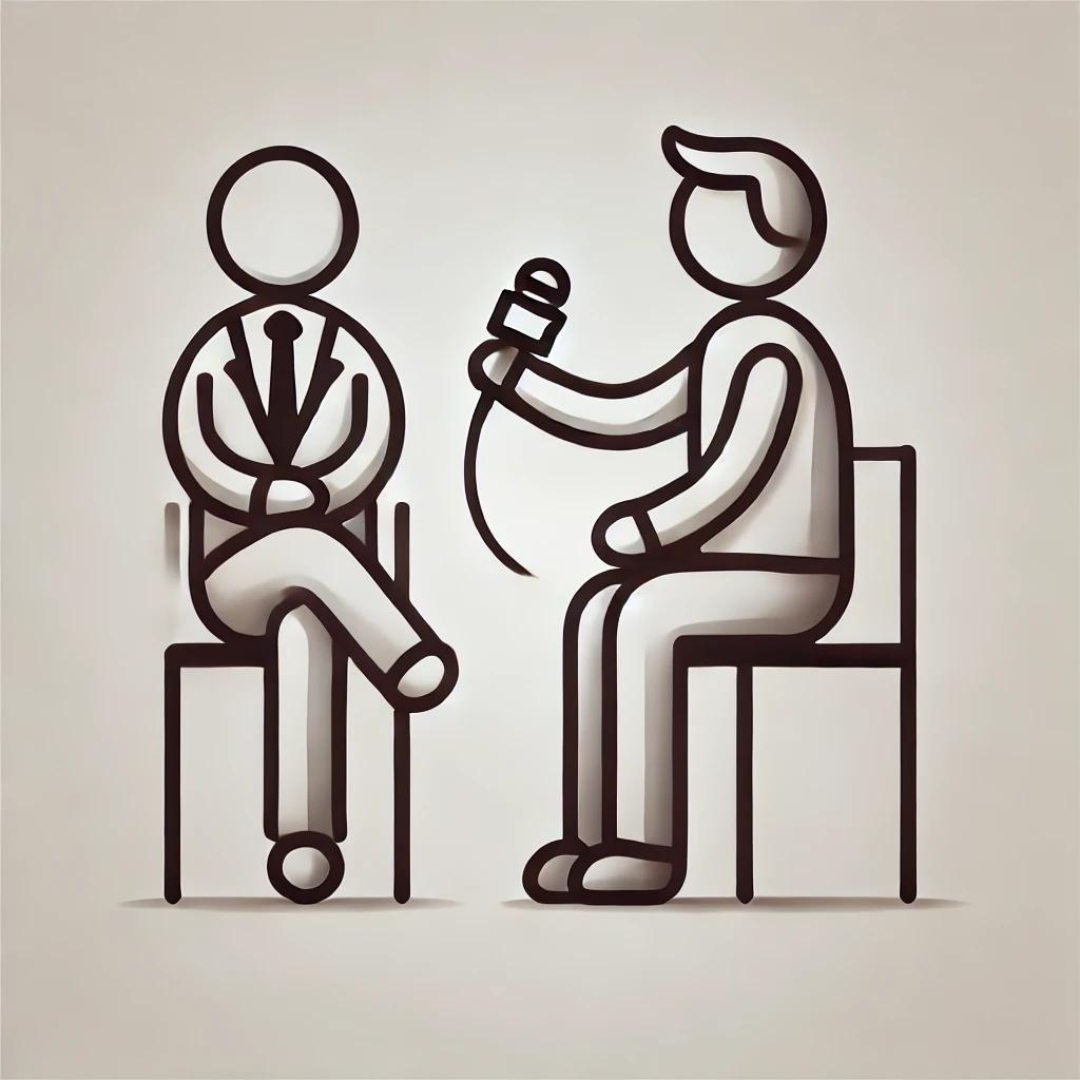You Need to Sit Down with Reporters
Part 3 of 3
In today’s fast-paced, media-driven world, it’s easy to feel that bypassing traditional media and relying solely on social media is the smarter, safer option. Social media allows you to craft and control your message, disseminating it directly to your audience without the risk of misrepresentation or distortion.
However, don’t fall into this trap. This approach ignores a critical aspect of communications strategy: the necessity of establishing and maintaining relationships with reporters, even those who may seem biased or inclined to favor your opponents.
A Crisis Shouldn’t Be The First Time You Talk With A Reporter
The media landscape has changed dramatically over the years, but one thing remains constant: the need to build and sustain relationships with reporters.
It doesn’t matter if you feel they’re biased or if they often give your opponents the benefit of the doubt. If the outlet is a mainstream media source, you must do the hard work of building these relationships. When reporters call, you need to respond, and your response should be more than just sending out a statement or press release.
Meeting with reporters regularly is important. A crisis or a difficult issue should not be the first time you talk with a reporter. By then, it’s often too late to set the narrative or even ensure your voice is heard clearly.
If you build a relationship early on, you will let reporters know what your organization does and position yourself as a valuable resource. This ongoing dialogue allows you to help shape their understanding of your organization’s work, mission, and impact.
The Fear Factor and the Social Media Trap
We completely understand the hesitation. Engaging with reporters can be intimidating, especially when social media offers a safer, more controlled alternative. Social media allows you to bypass traditional gatekeepers and speak directly to your audience. However, this strategy has limitations. Relying solely on your channels is not enough; you need the credibility and reach that traditional media can provide.
While media bias exists, it’s not universal. Not every reporter will come with an agenda, and even those who do can be influenced by the relationships they build with their sources.
If you make yourself available and accessible, reporters are more likely to seek your input regularly, not just in times of crisis. This continuous engagement can help them better understand your perspective and, over time, lead to more balanced coverage.
When you become a trusted source of information, the reporter will have a better idea of your organization’s mission and purpose.
We can’t emphasize this enough: This doesn’t happen overnight, but through consistent, open, and honest communication, you can become a go-to resource for reporters, helping them see beyond the headlines and sound bites that dominate today’s news cycles.
The Other Side Is Talking—You Should Be, Too
Remember that while you might be hesitant to engage, the other side of the issue is likely already doing so.
They are sitting down with reporters and sharing their research, perspective, and narrative. By staying silent or relying only on official statements, you’re ceding ground to your opponents. You can only imagine what they might say about your organization in those closed-door meetings and the materials they’re providing to bolster their case.
It’s hard work, but it’s necessary work. If you don’t take the time to build these relationships, you allow others to shape the narrative unchecked.
Understand the Changing Media Landscape
I’ve been in politics for 27 years and in communications for 22 of those years. In that time, I’ve seen the media industry undergo significant changes. Newsrooms are smaller, resources are stretched thin, and reporters are tasked with doing much more than they used to. Where once a news team consisted of a cameraman, a reporter, and sometimes an editor, today that same job might be handled by one overworked individual doing everything from the reporting to the editing.
Reporters are juggling multiple stories simultaneously, dealing with tight deadlines, and frequently working with fewer resources than ever before. Many are underpaid and overworked, which means that when you do get their attention, it’s vital that you make it count.
Build A Collaborative, Not Combative Relationship
Your interactions with the media shouldn’t always be combative. Building a relationship with reporters can help ensure they represent your organization’s perspective accurately. By reaching out, offering background information, and making yourself available for interviews, you can create a rapport that benefits both parties.
The media can complicate your life, but they also have the power to help understand your message, clarify your position, and even help you reach new audiences. But for that to happen, you need to do the work of building and maintaining those relationships.
Sitting down with reporters is not just about getting your message out; it’s about ensuring that when the time comes for your organization to be in the spotlight, it’s a light that reflects the whole truth of what you do and what you stand for.





